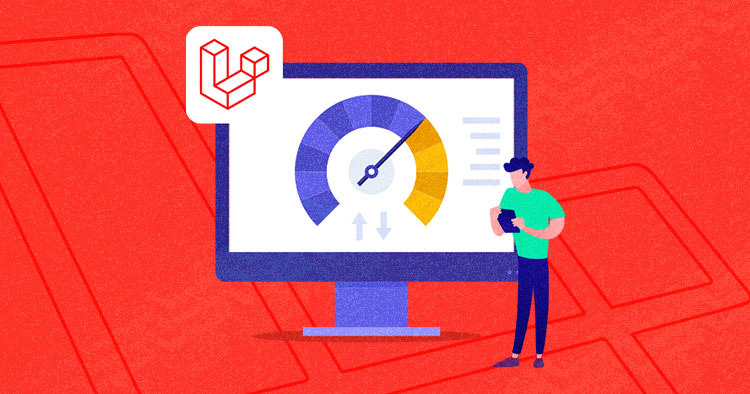Guys Optimizing the speed of a Laravel 11 project can significantly improve user experience and search engine rankings. Here are some strategies to be consider:
Guys if you are new in Laravel 11 the please check below link for Laravel basics information:
- Upgrade PHP and Laravel: Guys Ensure you are using the latest PHP version compatible with Laravel 11, as each new PHP version generally offers improvements in speed and memory usage.
- Optimize Composer Autoload: Guys Use Composer’s optimized autoload feature by running
composer install --optimize-autoloader --no-devfor production environments. This helps in reducing autoload overhead. - Caching:
- Route Caching: Guys Use
php artisan route:cacheto speed up route registration. - Configuration Caching: Guys Use
php artisan config:cacheto combine all configuration files into a single, cached file. - View Caching: Guys Use
php artisan view:cacheto precompile Blade templates. - Cache Drivers: Use faster cache drivers like Redis or Memcached for session and cache storage.
- Queue Expensive Tasks: Offload time-consuming tasks (e.g., sending emails, processing images) to queues. Laravel supports various queue backends like Redis, SQS, and database.
- Database Optimization:
- Eloquent Performance: Guys Limit the use of Eloquent ORM in complex queries and prefer raw SQL queries or the
Query Builder. - Indexes: Ensure proper indexing of database tables.
- Lazy Loading: Avoid N+1 problems by eager loading relationships whenever necessary.
- Use Frontend Optimizations:
- Asset Minification and Concatenation: Minify CSS and JavaScript files, and combine them to reduce the number of HTTP requests.
- Leverage Browser Caching: Set appropriate cache headers for static assets.
- Use a Content Delivery Network (CDN): Serve static assets from a CDN to reduce load times for users in different geographical locations.
- Profile and Debug Performance Issues:
- Use Laravel’s built-in debugging tool, Telescope, for local development and monitoring.
- Employ profiling tools like Xdebug or Blackfire.io to identify bottlenecks in your application.
- Optimize Docker Containers (if used):
- Optimize the Dockerfile to reduce build time and resource consumption.
- Use multi-stage builds to minimize the size of the production images.
- HTTP/2: If possible, enable HTTP/2 on your web server, as it introduces multiple enhancements over HTTP/1.x, particularly in terms of handling multiple concurrent connections.
- Implement SSR or Prerendering:
- For SPAs or complex frontends, consider Server Side Rendering (SSR) or prerendering pages to improve the First Contentful Paint (FCP).
Each of these strategies can contribute to reducing load times and improving the overall efficiency of a Laravel application. Tailor these optimizations based on specific use-cases and performance profiles of your application.
Jassa
Thanks

Leave a Reply
You must be logged in to post a comment.